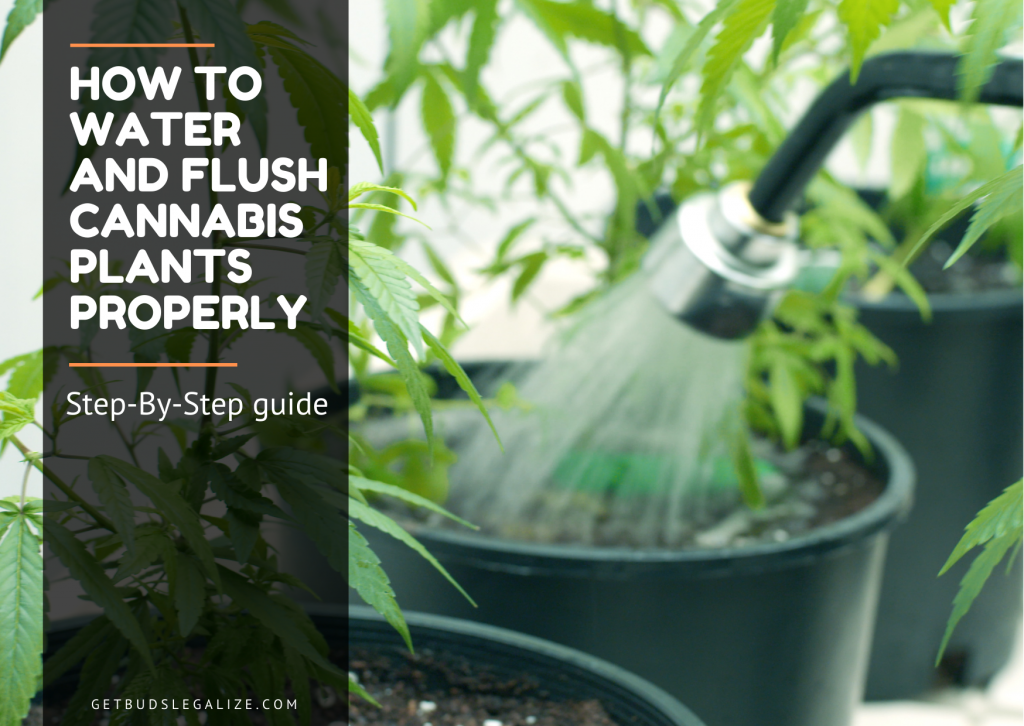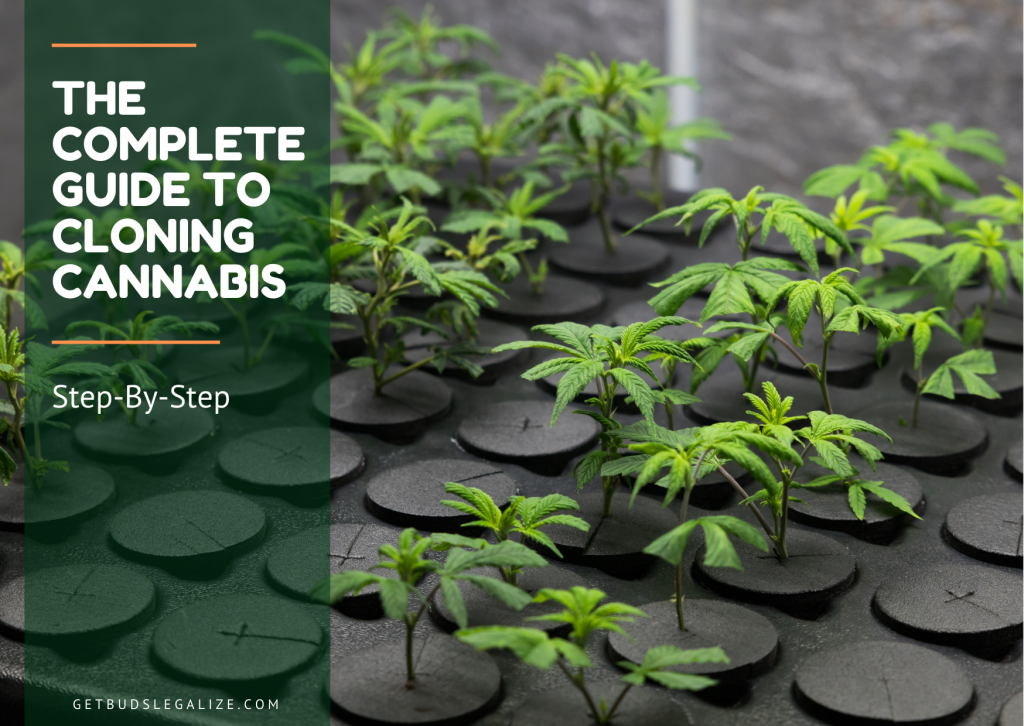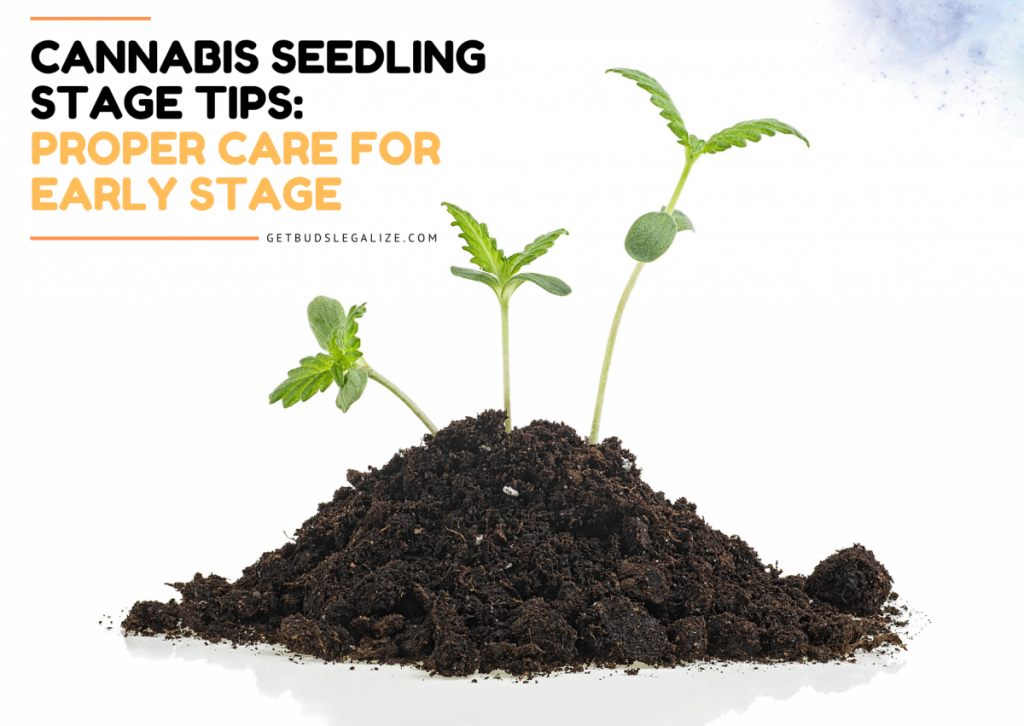Which Is Better for Flowering Cannabis CMH HPS or LED Lights?
If you are growing cannabis indoors, one of the most important decisions you have to make is what type of light to use. There are many options available, but the three most common ones are LED CMH, and HPS. Each of these has its advantages and disadvantages, depending on your budget, space, and goals.
In this blog post, we will compare these three types of lights and help you choose the best one for your cannabis plants.
How Do I Choose A Suitable Grow Light for My Cannabis Plants to Flower? Let's Compare Them All!
1. LED Grow Light:

LEDs are semiconductor that releases light as a result of electricity flowing through it. LED grow lights are composed of many small LEDs that produce different wavelengths of light, depending on the color and spectrum.
LEDs are popular among cannabis growers because they are energy-efficient, long-lasting, and customizable. You can adjust the intensity and spectrum of lights to suit the different stages of growth, from seedling to flowering. Some of the benefits of using LED are:
- They produce less heat than other types of lights, which means you can place them closer to the plants and reduce the risk of heat stress or burning.
- They consume less electricity than other types of lights, which means you can save money on your energy bills and reduce your environmental impact.
- They have a longer lifespan than other types of lights, which means you don’t have to replace them as often and save money on maintenance costs.
- They can produce a full spectrum of light that mimics the natural sunlight, which means you can provide your plants with the optimal wavelengths for photosynthesis and growth.
Some of the drawbacks of using LED are:
- They are more expensive than other types of lights upfront, which means you have to invest more money initially.
- They may not penetrate as deeply as other types of lights, which means you may need more lights or higher wattage to cover a large area or dense canopy.
- They may not produce enough infrared or ultraviolet light, which is beneficial for cannabis plants in small doses.
2. COB LED Grow Light:

COB stands for chip on board, which is a type of LED that uses multiple LEDs on a single circuit board. COBs are similar to regular LEDs, but they have some differences. Some of the benefits of using COB lights are:
- They produce more light per watt than regular LEDs, which means they are more efficient and powerful.
- They produce a more uniform and concentrated light than regular LED, which means they can penetrate deeper into the canopy and reach more buds.
- They produce a balanced and full spectrum of light, which means they can provide your plants with the optimal wavelengths for growth and flowering.
Some of the drawbacks of using COB are:
- They produce more heat than regular LEDs, which means you may need more cooling or ventilation systems to prevent overheating.
- They are more difficult to repair than regular LEDs, which means you may have to replace the whole unit if one chip fails.
- They are more expensive than regular LED upfront, which means you have to invest more money initially.
3. High-Pressure Sodium (HPS):

HPS grow lights are a type of HID light that uses sodium vapor to create light. HPS are popular among growers because they produce a lot of light in the red and orange spectrum, which are ideal for flowering cannabis plants. Some of the benefits of HPS lights are:
- They produce a lot of light in the red and orange spectrum, which means they can stimulate flowering and increase yield and potency.
- They are relatively cheap and easy to find, which means you can buy them from most hardware or gardening stores.
- They are compatible with most ballasts and reflectors, which means you can use them with your existing equipment or easily upgrade them.
Some of the drawbacks of HPS lights are:
- They produce a lot of heat, which means you need more cooling or ventilation systems to prevent overheating.
- They consume a lot of electricity, which means you have to pay more for your energy bills and increase your environmental impact.
- They have a shorter lifespan than LED, which means you have to replace them more often and pay more for maintenance costs.
- They produce a limited spectrum of light, which means you may need to supplement them with other types of light to provide your plants with the optimal wavelengths for photosynthesis and growth.
4. Ceramic-Metal Halide (CMH):

CMH is a type of HID light that uses ceramic arc tubes instead of quartz ones. CMH are similar to HPS, but they have some differences. Some of the benefits of CMH lights are:
- They produce a more balanced and full spectrum of light than HPS, which means they can provide your plants with the optimal wavelengths for photosynthesis and growth.
- They produce less heat than HPS, which means you can place them closer to the plants and reduce the risk of heat stress or burning.
- They consume less electricity than HPS, which means you can save money on your energy bills and reduce your environmental impact.
- They have a longer lifespan than HPS, which means you don’t have to replace them as often and save money on maintenance costs.
Some of the drawbacks of CMH are:
- They are more expensive than HPS upfront, which means you have to invest more money initially.
- They are less compatible with most ballasts and reflectors, which means you may need to buy new equipment or adapters to use them.
- They may not produce enough light in the red and orange spectrum, which means they may not stimulate flowering as much as HPS.
So, Which Is Better for Flowering Cannabis CMH HPS or LED?

There is no definitive answer to this question, as different types of lights have different pros and cons. The best type of light for flowering cannabis depends on your budget, space, goals, and preferences. Here are some general guidelines that may assist you in making a decision:
• If You Want to SAVE MONEY on Upfront Costs and Electricity Bills, LED May Be A Good Option For You
LED are also good if you want to customize the spectrum and intensity of your light according to the different stages of cannabis growth. However, LED may not penetrate as deeply as HID lights or produce enough infrared or ultraviolet light.
• If You Want to MAXIMIZE YOUR YIELD and Potency, HPS or CMH May Be Better Choices For You
HID grow lights are also good if you want to rely on proven technology that has been used by growers for decades. However, HID grow lights may produce too much heat and consume too much electricity. You may also need to supplement them with other types of lights to provide a full spectrum of light for your plants.
• If You Want to ENJOY A FULL SPECTRUM OF LIGHT and Enhance the Flavor and Aroma of Your Buds, COB LED or CMH May Be The Best Options For You
CMH grow lights are also useful if you want to provide a balanced and full spectrum of light for growing cannabis. However, CMH may be more expensive upfront and less compatible with most equipment. You may also need to supplement them with other types of lights to provide enough light in the red and orange spectrum for flowering.
However, these are not absolute rules, and you may find different results depending on your specific situation and experience. Therefore, it is advisable to experiment with different types of lights and see what works best for you and your plants.
FAQS - CMH vs HPS vs Led for flowering cannabis
CMH is a high-intensity discharge (HID) light that uses ceramic arc tubes instead of quartz. This allows them to produce a more balanced and natural spectrum of light, similar to sunlight. CMH is also more efficient and durable than traditional MH lights.
COB (chip on board) LEDs are a type of LED that uses multiple small LED chips mounted on a single substrate. This creates a high-density and powerful light source that can penetrate deep into the canopy. COB LEDs are known for their high output and quality, but they also generate more heat and consume more electricity than other types of LEDs.
Quantum boards LED grow lights are a type of LED light that uses multiple large LED chips mounted on a thin, flat board. This creates a low-density and diffuse light source that can cover a large area evenly. Quantum board LEDs are known for their efficiency and versatility, but they also have lower output and quality than COB LEDs.
MH (metal halide) and HPS (high-pressure sodium) are two types of HID lights that have different spectrums and effects on cannabis plants. MH lights produce a cool white light that is rich in blue wavelengths, which stimulates vegetative growth and branching. HPS produces a warm yellow light that is rich in red wavelengths, which stimulates flowering and fruiting.
For vegetative growth, MH lights are generally preferred over HPS, as they promote more compact and bushy plants with shorter internodes. However, some growers use HPS for vegetative growth as well, as they can produce faster growth and larger leaves.
There is no definitive answer to this question, as different types of lights have different advantages and disadvantages depending on your growing environment, budget, and goals. However, here are some general factors to consider when choosing a light for growing cannabis:
- Spectrum: The spectrum of light refers to the range of colors or wavelengths that the light emits. Plants are affected differently by various wavelengths of light, which can impact their growth and development. For example, blue light stimulates vegetative growth, red light stimulates flowering, and green light helps with photosynthesis. Ideally, you want a light that can provide a full spectrum of light that mimics natural sunlight or can be adjusted according to the plant’s needs.
- Intensity: The intensity of light refers to the amount of photons or energy that the light delivers to the plant’s surface. Intensity is measured in micromoles per square meter per second (µmol/m2/s) or photosynthetic photon flux density (PPFD). Higher intensity means more energy for the plants to grow and produce higher yields. However, too much intensity can also cause light stress or burn the plants. You want a light that can provide enough intensity to reach the optimal PPFD level for your plants without exceeding it.
- Coverage: The coverage of light refers to the area or footprint that the light can illuminate effectively. Coverage is measured in square feet or meters and depends on the size, shape, and design of the light source. Larger coverage means more plants can be grown under one light, but it also means lower intensity per plant. You want a grow light that can provide adequate coverage for your growing space without wasting energy or leaving dark spots.
- Efficiency: The efficiency of light refers to the ratio of the electrical input to light output. Efficiency is measured in micromoles per joule (µmol/J) or photosynthetic photon efficacy (PPE). Higher efficiency means more light output for less electricity consumption, which saves you money on your energy bills. You want a grow light that can provide high efficiency without compromising on quality or performance.
- Durability: The durability of light refers to the lifespan and reliability of the light source. Durability depends on the quality of the materials, components, and craftsmanship of the light source. Longer durability means less maintenance and replacement costs, which saves you time and money in the long run. You want a grow light that can provide long durability without breaking down or losing its effectiveness.
LED (light emitting diode) and HPS (high-pressure sodium) are two types of growing lights that have different characteristics and effects on cannabis plants. Here are some of the main differences between LED and HPS:
- Spectrum: LED can produce a full spectrum of light that can be customized or tuned according to the plant’s needs. HPS produces a narrow spectrum of light that is mostly in the red and yellow range, which is good for flowering but not for vegetative growth.
- Intensity: LED can produce a high intensity of light that can penetrate deep into the canopy. HPS produces lower-intensity light that can only reach the top layer of the canopy.
- Coverage: LED can produce a large and even coverage of light that can illuminate a wide area. HPS produces a small and concentrated coverage of light that can only illuminate a narrow area.
- Efficiency: LEDs are more efficient than HPS, as they consume less electricity and produce more light output per watt. LEDs also generate less heat and require less cooling, which saves you money on your energy bills and equipment costs.
- Durability: LEDs are more durable than HPS, as they have a longer lifespan and require less maintenance. LEDs also have less risk of fire or explosion, which makes them safer to use.
CMH lights are more efficient and durable than traditional HPS (high-pressure sodium) grow lights, which are often used for flowering cannabis. CMH can be used for both vegetative and flowering stages of cannabis, as they provide a balanced ratio of red and blue wavelengths that mimic natural sunlight.
However, CMH also has some drawbacks, such as higher initial cost, higher heat output, and lower light intensity than HPS grow lights. Therefore, it is important to consider the size of your grow tent, the ventilation of your grow room, and the distance between your plants and the light source when choosing a CMH grow light.
One of the best CMH grow-lights on the market is the Sun System LEC 315W, which features a ceramic arc tube that delivers a high-quality light spectrum and a long lifespan. The Sun System LEC 315W also comes with a reflector, a ballast, and a power cord, making it easy to set up and use.
ILGM Fertilizer

- From seedling to harvest, give your plants everything they need.
- Enough for feeding at least 5 plants.
- Discounted Package Deal
- Works well in soil, hydroponics, and other growing mediums.
- The best way to treat your plants
ILGM Plant Protector

- Protect your cannabis from diseases and harmful pests.
- Contains three 20 ml bottles.
- Enough supplies to protect 20 plants.
- It can be used in soil, hydroponic, and all other growing mediums.

















